Get started with game development - 6 pro tips
Tammy Coron has successfully moved from web design to game development. She explains how you can too.
So, you want to be a game developer? Well I've done it - releasing the free game Crow's Quest on iOS - and you can too. In this article I'll take you through a few simple steps to help get you started.
01. Choose your platform
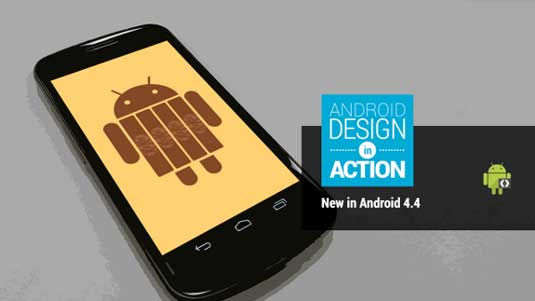
The first thing you should consider is for which game system you'll be developing. The obvious choices are Android, iOS, Mac, or Windows. But, don't forget, there are plenty of indie developers on Xbox and Playstation, too.
No matter which platform you choose, it's always possible to port your game(s) to a different one later on down the road. There are also tools available whereby they allow you to develop once, and deploy everywhere. I've personally not used these tools so I won't even begin to suggest which to use.
02. Arm yourself with the tools of the trade
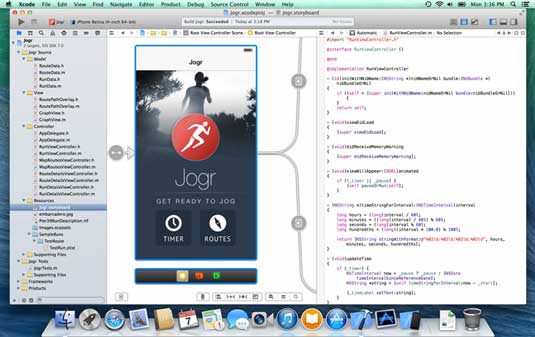
So, now that you've decided on which platform you'll develop, the next step is to get the tools of the trade. Obviously, what you get will depend heavily on your platform of choice and its native programming language.
In the case of iOS or Mac development, you'll need an iMac or Macbook, Xcode (the development environment) and at least one test device. While it is possible to use the simulator for testing, ultimately you'll want to test your game on an actual device.
If you plan on doing any of the creative design yourself, you'll also need software for that. You have a lot of options when it comes to creative design software. In this case, however, you're not limited to which ones you can use based on the programming language/platform selection. You're also not limited by cost either. Options range from free, like Gimp and Inkscape to the powerhouses like Adobe Creative Suite and Toon Boom. Some even offer plugins for assistance with game development.
Note: A word about Adobe Creative Suite; The two applications I primarily use for design work are Flash and Photoshop. In fact, both were used for the design and development of Crow's Quest.
Get the Creative Bloq Newsletter
Daily design news, reviews, how-tos and more, as picked by the editors.
03. Learn the ways of the developer
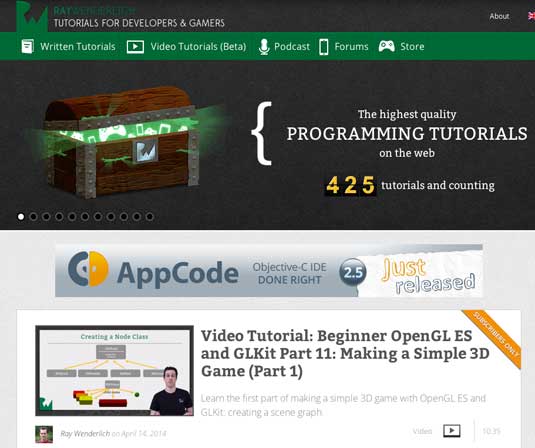
You picked your platform, and you secured your tools. Now what?
If you've never developed a game before, don't worry. Anyone who wants to learn, can learn. And, thanks to the power of the internet, you have a lot of options for doing so. In fact, many of these options are free.
The two I primarily use are the Ray Wenderlich site and Cartoon Smart. But, if you're looking for a little more in-depth training, or a more 'traditional' approach to learning, you also have the option of paid tutorial sites like Lynda and Digital Tutors. The latter is something I just started using, but so far, so good.
04. Design and develop your game
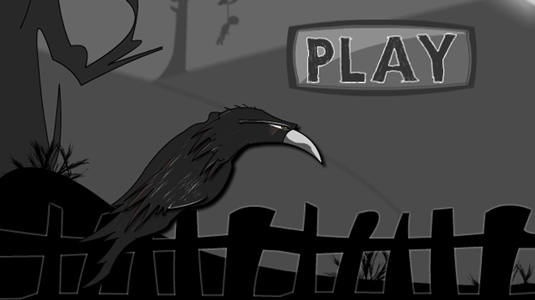
Okay, I'm not going to lie. This is the hardest part of the process. You may have an idea for your game, but now you have to design it and develop it. Depending on your game, this process may be done in as little as a few hours to as long as many years. It really depends on what you're doing, and with whom you're doing it. Is it just you? Did you hire a team? Etc.
My suggestion, take it slow. Rome wasn't built in a day, and your game doesn't have to be either. For your first Tour of Duty, start with a simple game. Maybe not Pong, but certainly not World of Warcraft. Get your feet wet. Get comfortable with the language, the tools, and your ability.
Oh, yeah, did I mention you'll be your worst critic? Don't let that voice in your head tell you to stop. If you're just starting out, it's easy to give up just because that silly little voice told you your game was dumb. Don't listen! Keep going. Make it work. Besides, game development is fun! Listening to a grumpy imaginary voice isn't.
05. Test it so your players won't have to
That's right, don't forget to test your game. Recruit your friends and your family, but only the ones whom you know will provide honest feedback. If your mom thinks everything you do is awesome, well, maybe skip her. However, you better give her a copy to play with or you'll never hear the end of it.
06. Promote. Network. And annoy the world with news about your game
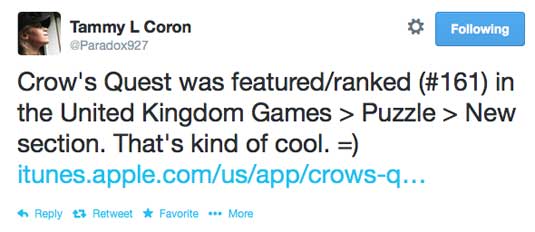
Wait? Really? Yes. Really. You finally developed a game and it's now available for all to play. Unfortunately, nobody knows. That's where your social media voice comes into play.
Let the world know about your game by using outlets like Twitter and Facebook. Don't expect people to 'stumble' onto your game. It's up to you to get the word out.
If you need help with that, there are a lot of sites that are looking for awesome games to review. Because there are so many, I won't list any here. But if you 'Get Your Google On' you should be able to find more than a handful that are currently accepting submissions.
That's it. You're officially a game developer now so what are you waiting for? Go out there and make another game!
Words: Tammy Coron
Tammy Coron is an iOS developer, backend developer, web developer, writer, and illustrator. She blogs at Just Write Code. Why not download her iOS game, Crow’s Quest - it's free!

Thank you for reading 5 articles this month* Join now for unlimited access
Enjoy your first month for just £1 / $1 / €1
*Read 5 free articles per month without a subscription

Join now for unlimited access
Try first month for just £1 / $1 / €1

The Creative Bloq team is made up of a group of art and design enthusiasts, and has changed and evolved since Creative Bloq began back in 2012. The current website team consists of eight full-time members of staff: Editor Georgia Coggan, Deputy Editor Rosie Hilder, Ecommerce Editor Beren Neale, Senior News Editor Daniel Piper, Editor, Digital Art and 3D Ian Dean, Tech Reviews Editor Erlingur Einarsson, Ecommerce Writer Beth Nicholls and Staff Writer Natalie Fear, as well as a roster of freelancers from around the world. The ImagineFX magazine team also pitch in, ensuring that content from leading digital art publication ImagineFX is represented on Creative Bloq.
